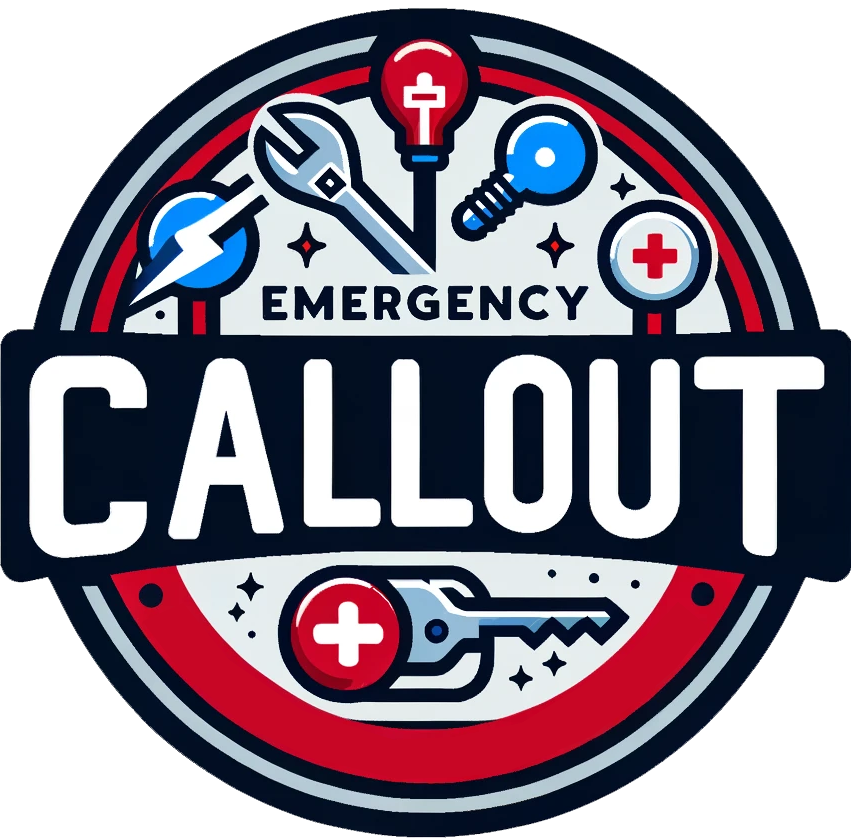Green emergency lights are an important aspect of emergency services in the UK. They play a crucial role in guiding emergency vehicles through traffic and alerting other road users of an emergency situation. These vibrant green lights are a common sight on police cars, ambulances, and other emergency response vehicles across the country.
In the UK, emergency vehicles are equipped with both blue and green lights. While blue lights are traditionally associated with emergency services, green lights are used to convey specific messages to other road users. The use of green emergency lights is governed by strict regulations to ensure their effective and safe use on the roads of the UK.
The primary purpose of green emergency lights is to provide additional information to motorists and pedestrians. When responding to an emergency, emergency vehicles may display green lights alongside their blue lights to indicate that they are responding to a call or are on their way to a specific location. This helps other road users understand the urgency of the situation and act accordingly to give way to the emergency vehicle.
One of the key uses of green emergency lights is during traffic management. In situations where there is a large gathering, an event, or a road closure, green lights may be used to direct the flow of traffic. This helps maintain public safety and ensures that emergency vehicles can navigate through congested streets in a timely manner.
It is important to note that the use of green emergency lights is strictly regulated by the UK government. The Road Vehicles Lighting Regulations 1989 outline the specific conditions under which green lights can be used on emergency vehicles. These regulations dictate the design, placement, and usage of green lights to ensure their effectiveness and safety.
Additionally, emergency vehicle operators are required to undergo specific training on the use of green lights and other emergency signaling equipment. This training emphasizes the importance of clear communication with other road users and proper adherence to traffic laws while using green lights.
The presence of green emergency lights on the roads of the UK serves as a reminder of the dedicated professionals who work tirelessly to provide emergency assistance to those in need. These lights are a symbol of the swift response and unwavering commitment of the emergency services to public safety.
In recent years, advancements in technology have led to the development of more efficient and versatile green emergency lights. LED technology, in particular, has allowed for brighter and more energy-efficient lighting solutions that enhance the visibility and effectiveness of green lights on emergency vehicles.
Furthermore, the integration of green lights with other emergency signaling systems, such as sirens and communication devices, has improved the overall response capabilities of emergency vehicles. This integrated approach ensures that emergency personnel can effectively communicate and navigate through traffic to reach their destinations as quickly as possible.
The ongoing evolution of green emergency lights reflects the continuous efforts to enhance the capabilities of the emergency services in the UK. As the demands on emergency responders continue to evolve, so too does the technology and equipment they use to fulfill their vital roles in protecting and serving the public.
In conclusion, green emergency lights are a fundamental component of emergency services in the UK. These lights serve as an essential tool for communicating with other road users and navigating through traffic during emergency responses. Through strict regulation, training, and technological advancements, the use of green lights on emergency vehicles continues to evolve to ensure maximum effectiveness and safety. It is a testament to the dedication and commitment of the emergency services to providing swift and efficient assistance to those in need.



